Drawing what you see vs. Drawing what you know

Question from Alexa
The concept of drawing what you see, which is quite common nowadays, is then completely wrong?
Dear Alexa,
Thank you for your question about “drawing what you see.”
Such a concept is not “completely wrong”; it just depends on what level of art skills you want to achieve.
 The “drawing what you see” approach was described as a teaching method by Kimon Nicolaides in 1936 and after his death was published in his book The Natural Way to Draw.
The “drawing what you see” approach was described as a teaching method by Kimon Nicolaides in 1936 and after his death was published in his book The Natural Way to Draw.
After that it was advocated by many other artists and writers, for example, Betty Edwards, author of Drawing on the Right Side of the Brain.
In short, the concept of “drawing what you see” is depicting a perception of a real object intuitively, without analyzing it in depth and not bothering with things you should know about its construction, anatomy, proportions, spatial relationship, ignoring color and tonal values theory – just copying what you think you see.
The problem with such an approach is that people don’t see what they don’t know. So an artist would not be able to draw something from imagination in a realistic manner that he or she has no constructional knowledge of.
For example, to depict a realistic human figure, you need to know its anatomy and proportions. There is no way you could draw a knee in a believable way if you have no idea of how this joint is constructed.
However, if you want to draw something that doesn’t look realistic, has no likeness with the model, looks like a childish sketch, then “drawing what you see” is a good way to learn drawing.
Here are some quotations from The Natural Way to Draw book and my comments below:
“Do not worry about the ‘proportions’ of the figure. That problem will take the care of itself in time.”
As a professional art teacher, I can only comment that it won’t. Instead, it will get worse, as a student will get into a habit of misjudging proportions by drawing what one sees.
“The drawing may be meaningless to a person who looks at it, or to yourself after you have forgotten the pose.”
No comments here. If the objective is to make meaningless drawings, then drawing what you see is perfectly fine.
“My students call these studies ‘scribble drawings.’ It’s like writing while paying no attention to spelling, punctuation or grammar.”
Would you buy a book if you see it is full of spelling mistakes and has weird grammar? Why does the approach to drawing have to be different?
“…and one leg or arm may have been much bigger than the other. That should not worry you at all. In fact, you will really have cause for worry only if your drawing looks too ‘correct’.”
“[Anatomical drawings] are good diagrams but are unimportant as far as art is concerned. Anatomy is the one study on which I do not advise students to concentrate.”
To illustrate these quotations, here are few images of Kimon’s students – sketches of beginners, taken from first pages of the book:
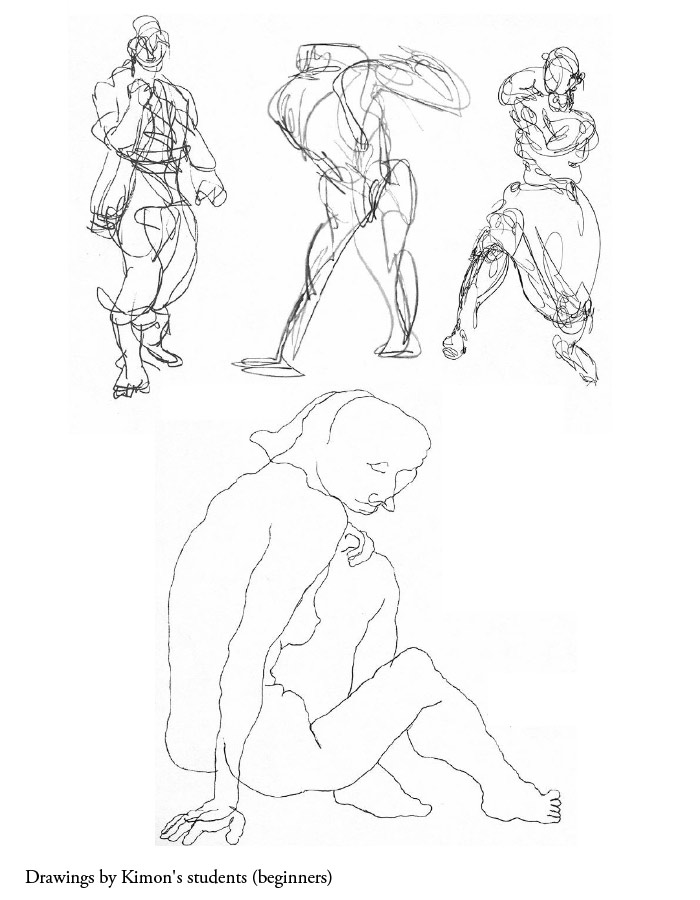
and “advanced” students after they completed all 64 steps of learning drawing as instructed in the book.
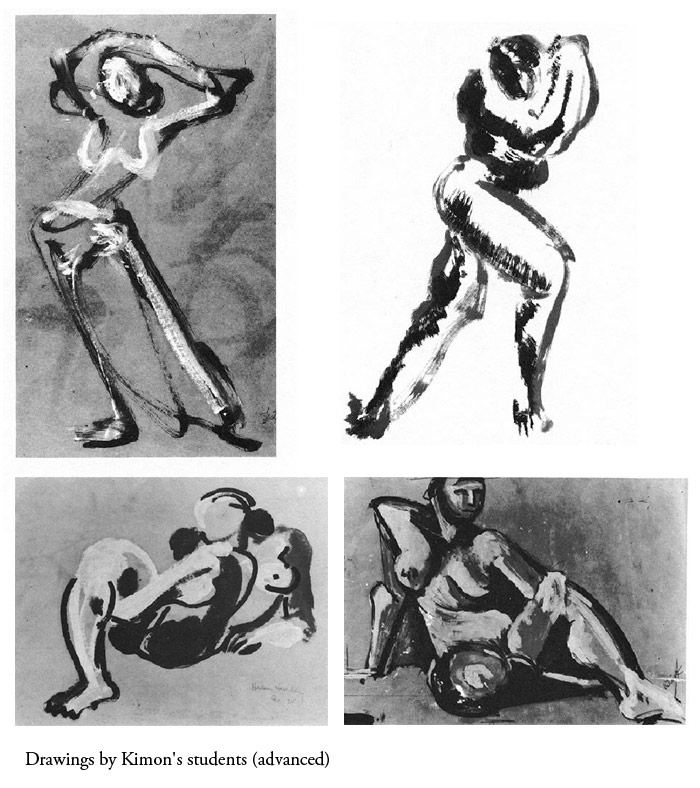
Do you see any progress? I don’t.
Yes, you are right that “drawing what you see is quite common nowadays.” That is why there are thousands of art students graduating from art colleges without good drawing skills.
As one of such student told me: “I graduated with no art skills, but with a diploma that gives me a license to put any rubbish together and call it art.”
To compare, you can check drawings by students in Russian art institutions, who are taught to draw “what they know”:


So, coming back to your question, learning by “drawing what you see” won’t get you strong drawing skills.
If you want to skilfully draw anything you want from life, memory or imagination, you need to learn fundamental drawing skills – how to hold a pencil correctly, constructive drawing principles, linear and aerial perspective, golden ratio, rules of composition, anatomy and proportions of a human body, proficient tonal rendering techniques and so on.
This is what we teach in the Drawing Academy and Anatomy Master Class.
Best regards,
Vladimir London
Reply from Alexa
Dear Vladimir,
Thank you very much for your answer; it was very helpful! You know, I had exactly the same feeling after leaving school and until now: that I never learned how to draw realistically. I already took a couple of drawing and painting classes here in Switzerland and also tried out anthroposophic drawing, which is even worse. I was always so frustrated; really depressed, actually. And I made it a major goal for my life to learn to draw properly. I’m so glad that I found your site!
I once bought a beautiful children’s book which was illustrated by a Russian artist, Gennady Spirin. To be honest, I bought it more for myself than for my children, because I liked the drawings so much.
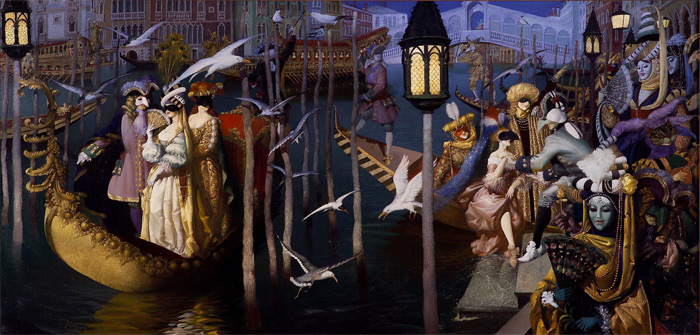
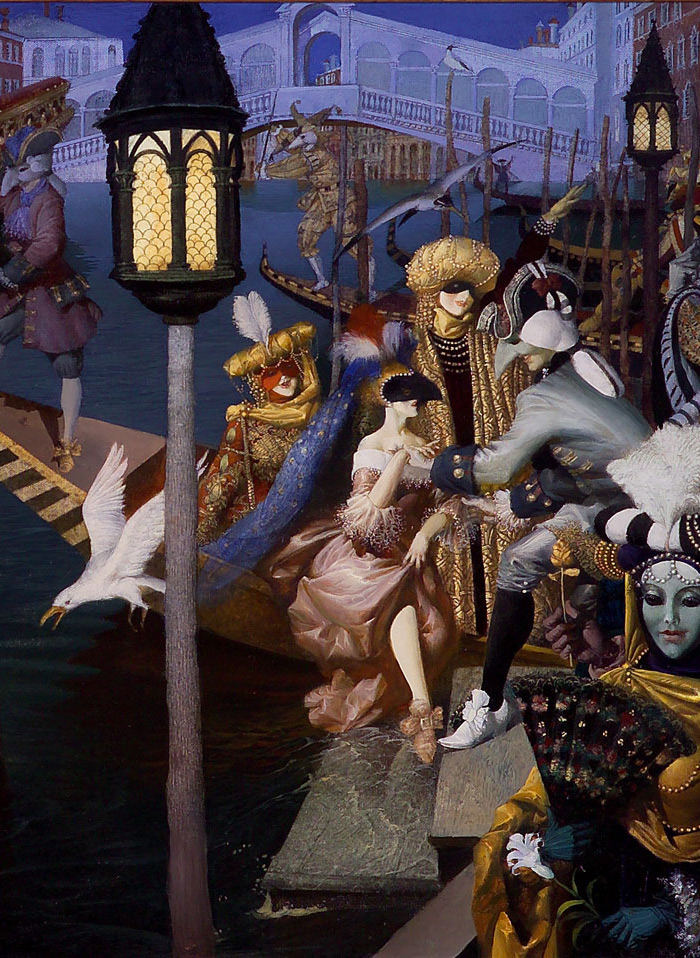


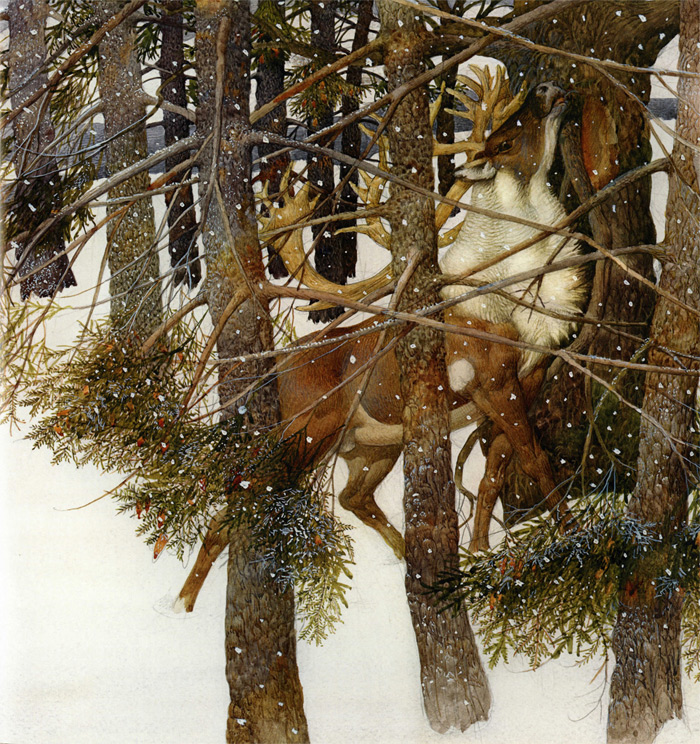
Feedback from Vladimir London
Yes, Gennady Spirin is a great illustrator. He went through very good art schools in Russia – Surikov School of Fine Art in Moscow and the Moscow Stroganov Institute of Art. The main focus of teaching in these schools is that “form is everything” and getting good drawing skills is the foundation stone of art.
By contrast, education in Western art schools is based on the “express yourself” mantra, where skills are optional. That is why the “drawing what you see” approach is a common practice in contemporary art colleges.
Best regards,
Vladimir
To learn professional drawing techniques,
- Receive 15 new videos monthly (45 in total)
- Incredible discount – $4,164
- Bonuses - Fine Art eBooks and Videos
- Drawing Academy Diploma of Excellence after course completion in 3 months
- Personal coaching by Drawing Academy Tutors
- Lifetime membership. Free after the 3rd month
- Immediate access to all 45 video lessons
- Incredible discount – $4,198
- Bonuses - Fine Art eBooks and Videos
- Drawing Academy Diploma of Excellence after course completion in 3 months
- Personal coaching by Drawing Academy Tutors
- Lifetime membership. No more payments


Hi. As an artist for over 50 years I can and maybe disagree to some degree about emphasising the idea of drawing what you know instead of what you see. In my way of teaching, on a one to one basis, I say draw what you see but base what you see by the knowledge of what you know within the structure of your subjects and objects. So in other words, we need to know the underlining structure of our subject or objects and use it as a starting point or as a building block when drawing what you see. When drawing a figure for example, we use what we ‘know’ about anatomical structure of bones and muscles and use it as a building block when faithfully drawing what we ‘see’ in front of us be they thin or over-weight, male or female, tall or short, old or young, standing or sitting etc.; these are the things we concentrate on when drawing what we see. I teach the philosophy of drawing what you see based on what you know; ‘seeing’ and ‘knowing’ work together hand in hand, which can then result in a master drawing.
That was funny, but also a good answer. Classical training is time well spent.